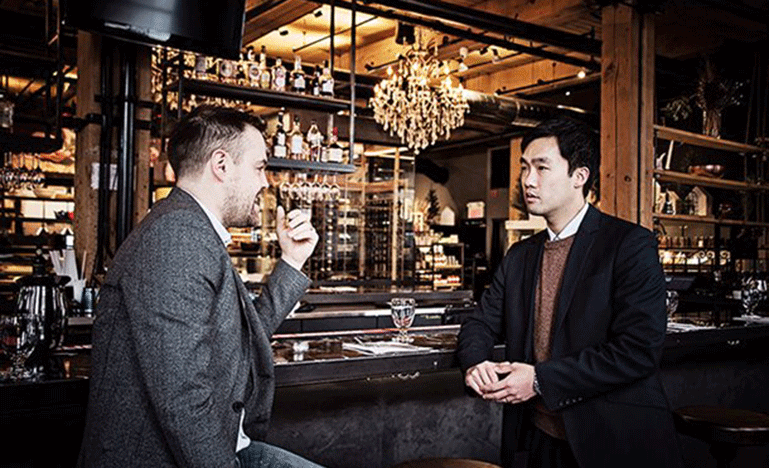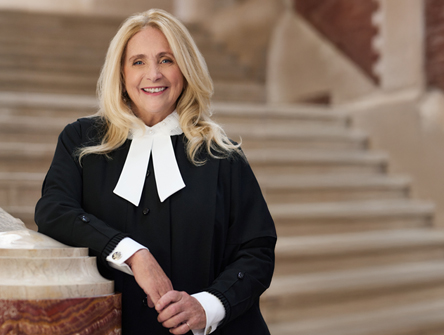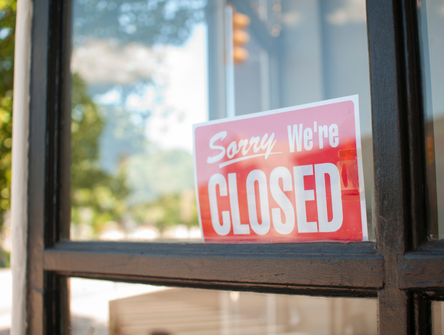AI and the future of the profession
Kang Lee and Xavier Beauchamp-Tremblay work with new technology on a daily basis.

THE DINERS
The president of CanLII: Xavier Beauchamp-Tremblay
He has been heading the Canadian Legal Information Institute for two years and is working on refining the search engine by incorporating deep learning.
The in-house counsel:Kang Lee
He manages disputes for the pharmaceutical company Sandoz and is responsible for the data required to manage risk.
Kang Lee and Xavier Beauchamp-Tremblay work with new technology on a daily basis. They sit down over filet mignon and gnocchi in cream sauce at Le Richmond restaurant in Montréal’s Griffintown neighbourhood to discuss their impressions of an American software program that promises to assess a litigator’s rate of success, time spent on litigation and cost-benefit ratio.
Lee seems sold. Beauchamp-Tremblay, less so; he doesn’t believe the software is sufficiently advanced yet.
“What annoys me about new technology, and artificial intelligence in particular, is that there’s a lot of smoke and mirrors involved.”
The two lawyers, who both specialize in intellectual property law and are aged 34 and 33, respectively, do believe, however, that the profession will benefit greatly from artificial intelligence (AI) – the law generates tons of documentation, and AI is fully capable of compiling and analyzing an infinite amount of data with unparalleled efficiency to predict the best decisions to make.
AI promises significant productivity gains and savings. “We will be able to have a more complete picture of a case in less time,” explains Lee. He goes on to add “the rigorous verification, analysis and collection of evidence will all become less time-consuming and less costly.
Beauchamp-Tremblay explains, “At CanLII, what we are looking into for our search engine is not only improving the sorting of documents by relevance, but also the capacity offered by deep learning to anticipate users’ research needs, recommending ‘you consulted X legal decision; you may also be interested in consulting this other one.’ A bit like what Amazon does with its products.”
“The automation of repetitive tasks will enable lawyers to focus more on reflection and strategy” - Beauchamp-Tremblay
That is fascinating, but is it worrisome for the profession? “There will be significant job losses,” predicts Lee. “Consider the case involving an American bank that recently laid off about 60 lawyers who were replaced by software programs.” He particularly fears for new graduates looking for summer internships. They already have a difficult time finding placements; it’ll be worse if they’re no longer needed for research or revision. Beauchamp-Tremblay wonders whether academic curricula will need to be revamped.
“What’s certain is that there will be more need for multidisciplinarity,” he says. Lee adds, “Exactly which skills will be required? Will you need to know how to create a program, or just use one? In any case, a newly practising lawyer must be aware of programming developments and adept at using the programs they have at their disposal.”
New types of positions are becoming available, such as legal data analyst and legal project manager. Lee and Beauchamp-Tremblay consider them to still be marginal, at least in Quebec. But the computer revolution is still in its infancy. IT departments and lawyers working in the same firm will have to start working together more and getting better acquainted.
But according to Beauchamp-Tremblay, the traditional practice of law will persist and may even flourish in this new context. “The automation of repetitive tasks will enable lawyers to focus more on reflection and strategy,” he claims.
The world is changing, and with it, the legal profession.
And he predicts there will be increased demand for defense of fundamental rights in cyberspace. “Just look at what’s happening in China. I’m talking about the new payment application that has transformed into a social medium and is tied to the user’s credit score – a toxic system in which your borrowing capacity for your new car is tied to the credit scores of your friends on social media. As a person, I say ‘That’s just horrible!’ But as a lawyer, I see threats of discrimination and of privacy rights violations, and it becomes an opportunity.”
Beauchamp-Tremblay and Lee also see the computerization efforts being made in the courts and online common law dispute resolution initiatives as encouraging. These initiatives will help to unclog the system and improve access to justice.
On the topic of social media usage, however, they’re a bit more hesitant: “They speed up business cycles and amplify errors, which become viral,” notes Beauchamp-Tremblay, “but their branding function could also help lawyers start their own firm.” In corporate settings, social media are managed by the marketing department, countered Lee, not without some relief.
But Beauchamp-Tremblay and Lee are still “tech optimists,” to quote the former. The world is changing, and with it, the legal profession. But it remains indispensable.


